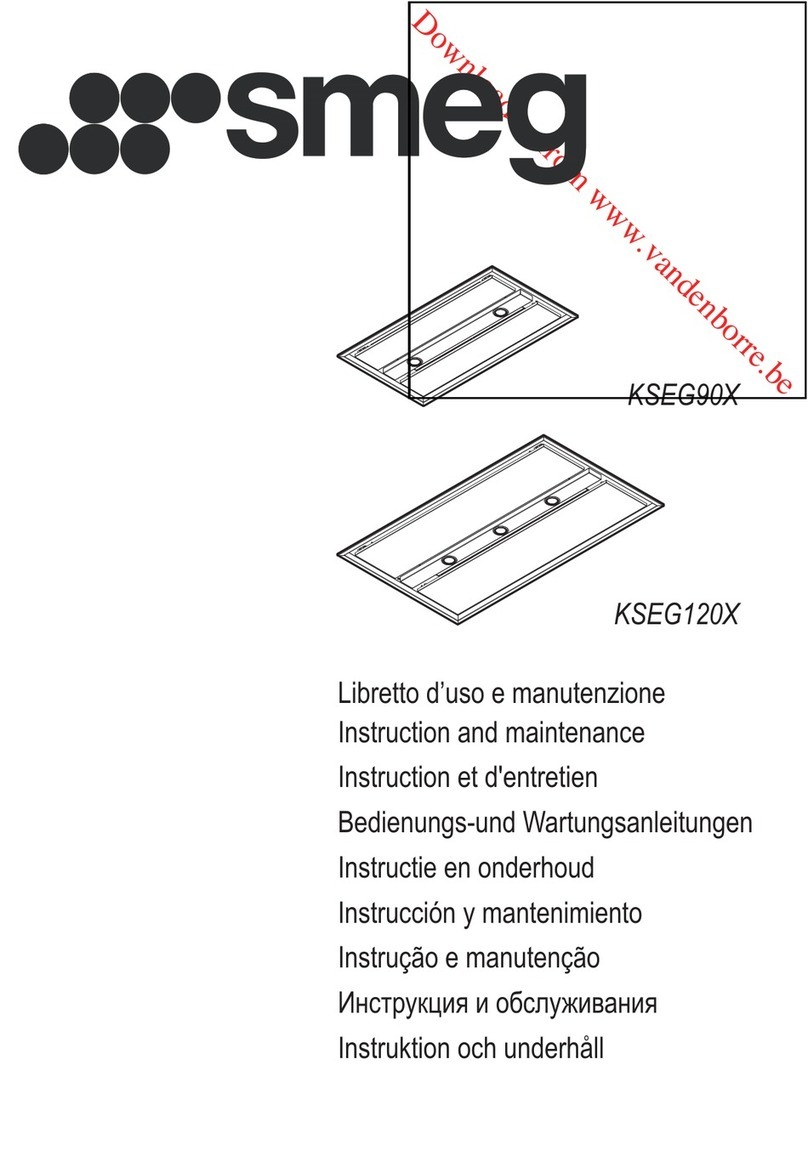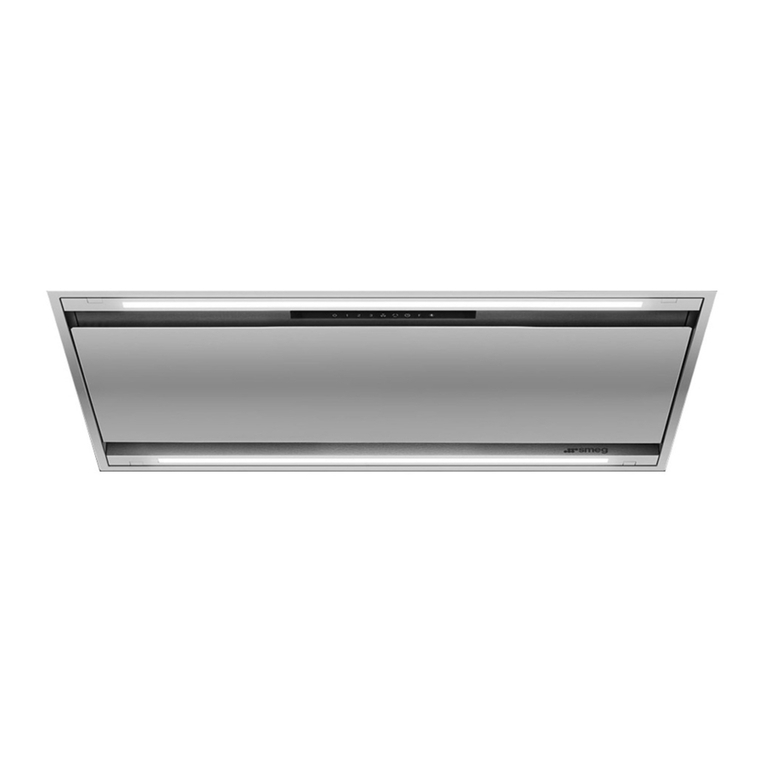Smeg KSEV96X User manual
Other Smeg Ventilation Hood manuals
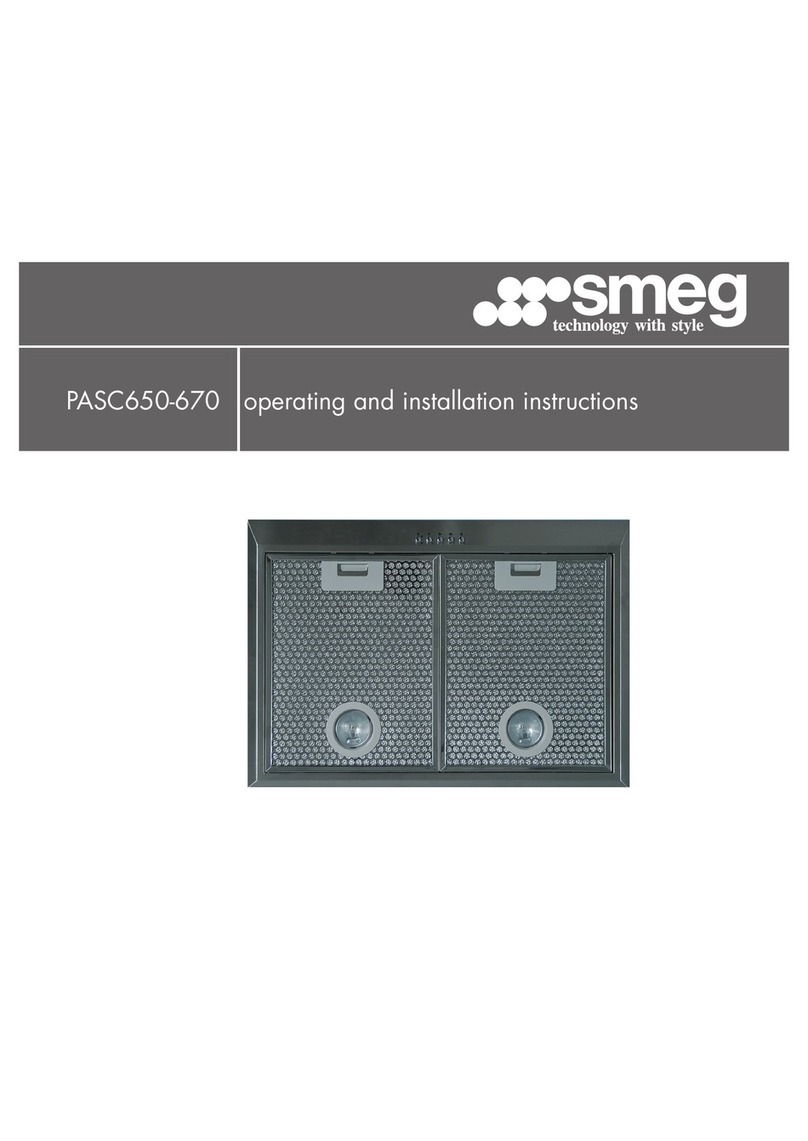
Smeg
Smeg PASC650 User manual
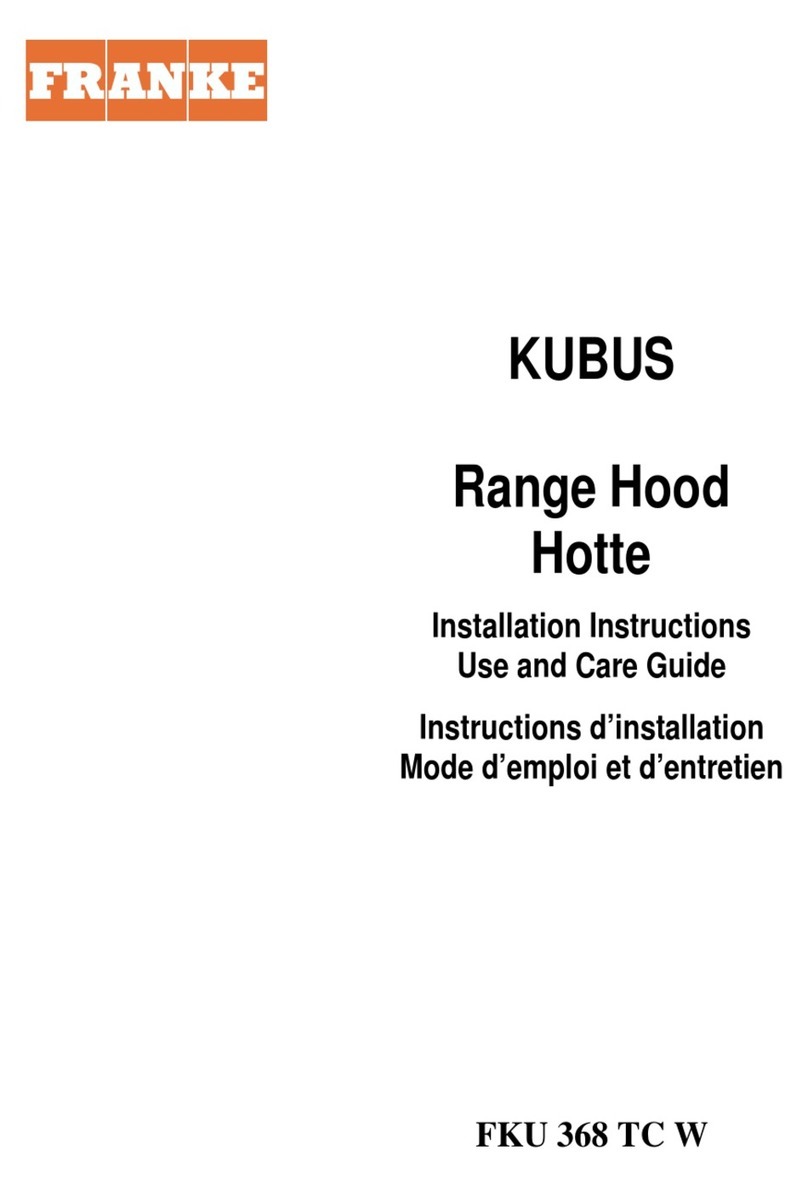
Smeg
Smeg KUBUS FKU 368 TC W User manual

Smeg
Smeg KV90X User manual

Smeg
Smeg SHR900X User manual
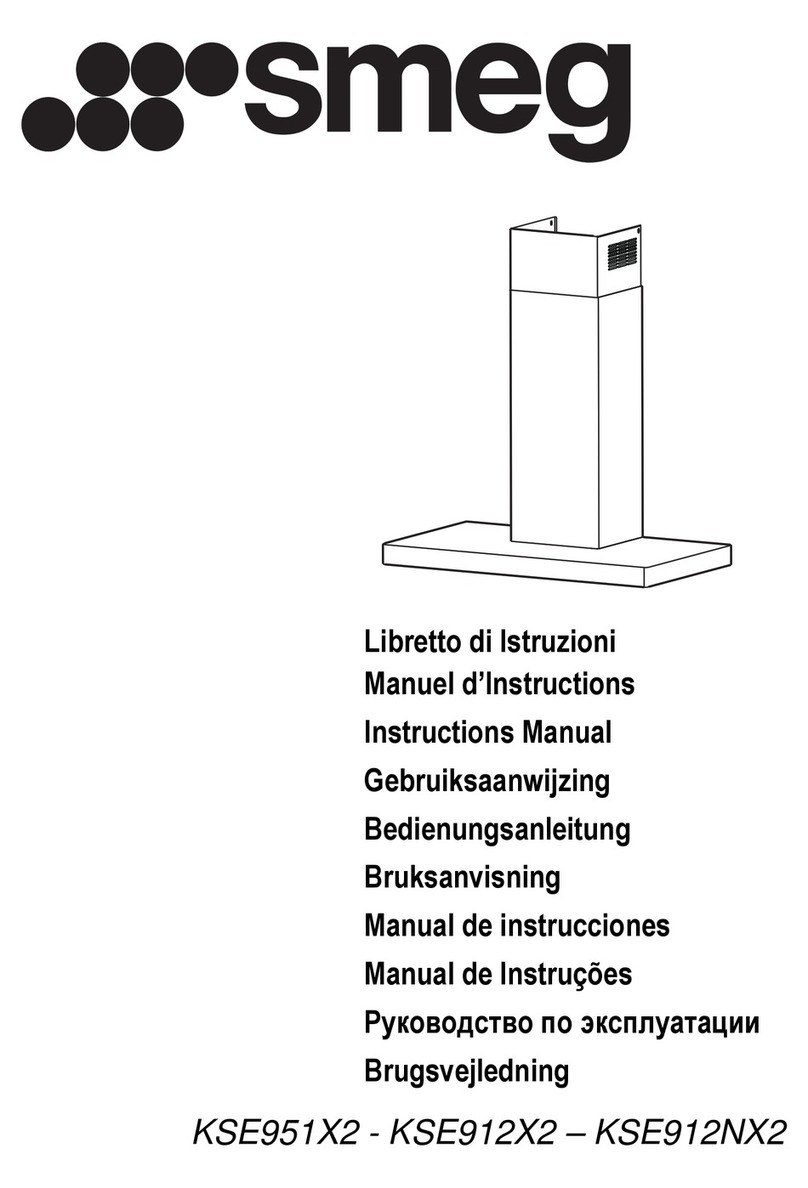
Smeg
Smeg KSE912NX2 User manual

Smeg
Smeg SA940CXA Instruction Manual

Smeg
Smeg KTE60EX Technical manual
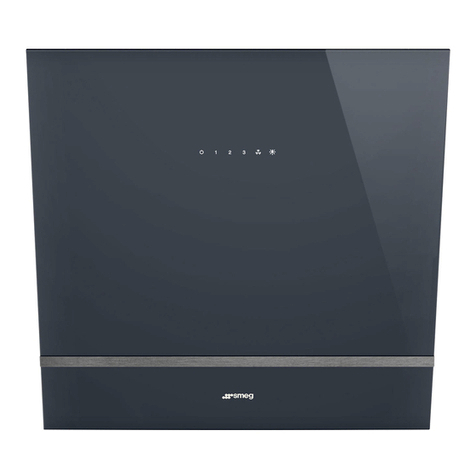
Smeg
Smeg KV26 User manual
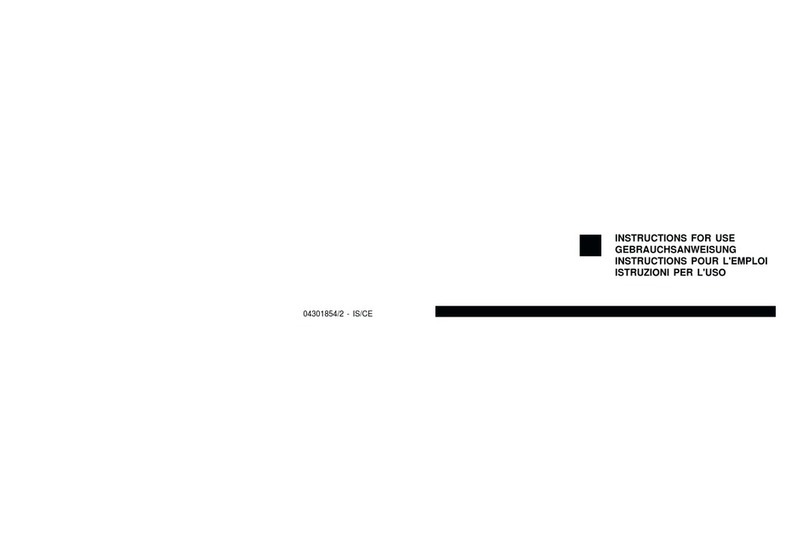
Smeg
Smeg Hood SED908EB User manual

Smeg
Smeg HOTTE KCV60BE User manual

Smeg
Smeg K181X60 User manual

Smeg
Smeg SA520TX60 User manual

Smeg
Smeg STH600X User manual

Smeg
Smeg KCM900POE User manual
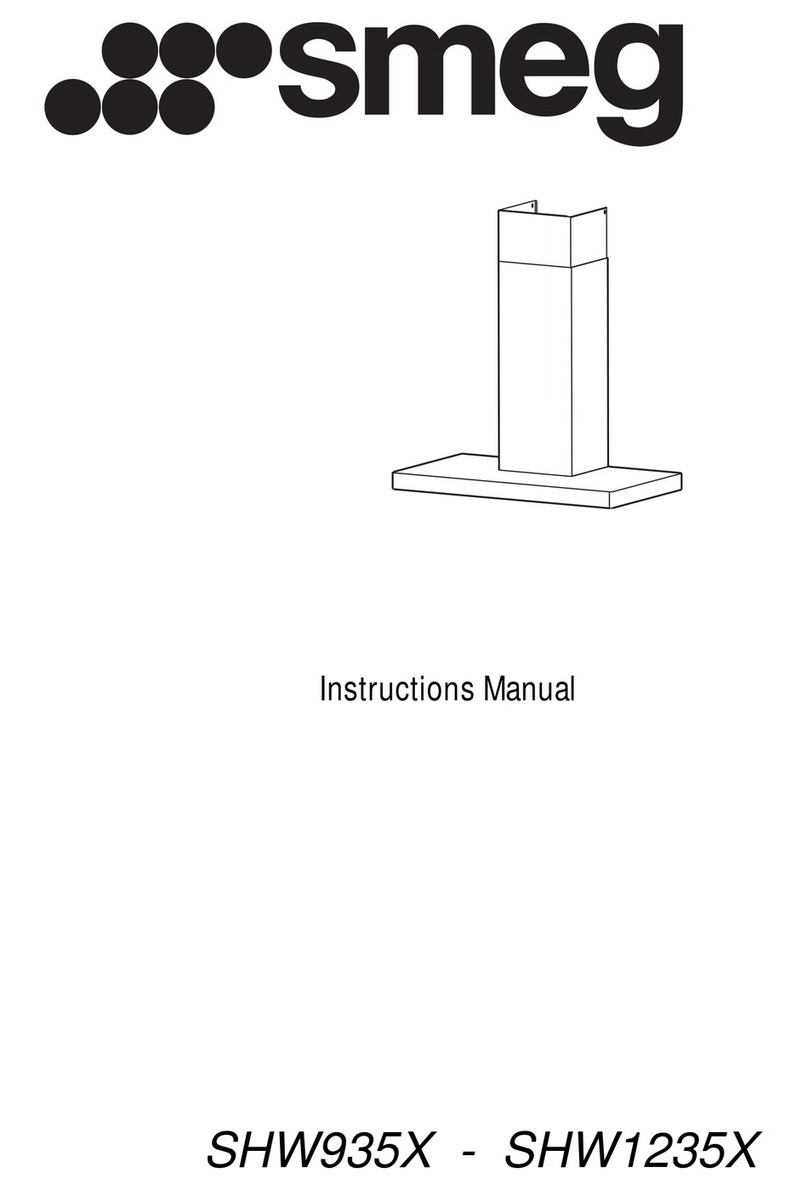
Smeg
Smeg SHW935X User manual

Smeg
Smeg KBT9L4VN Technical manual

Smeg
Smeg PUM610X User manual
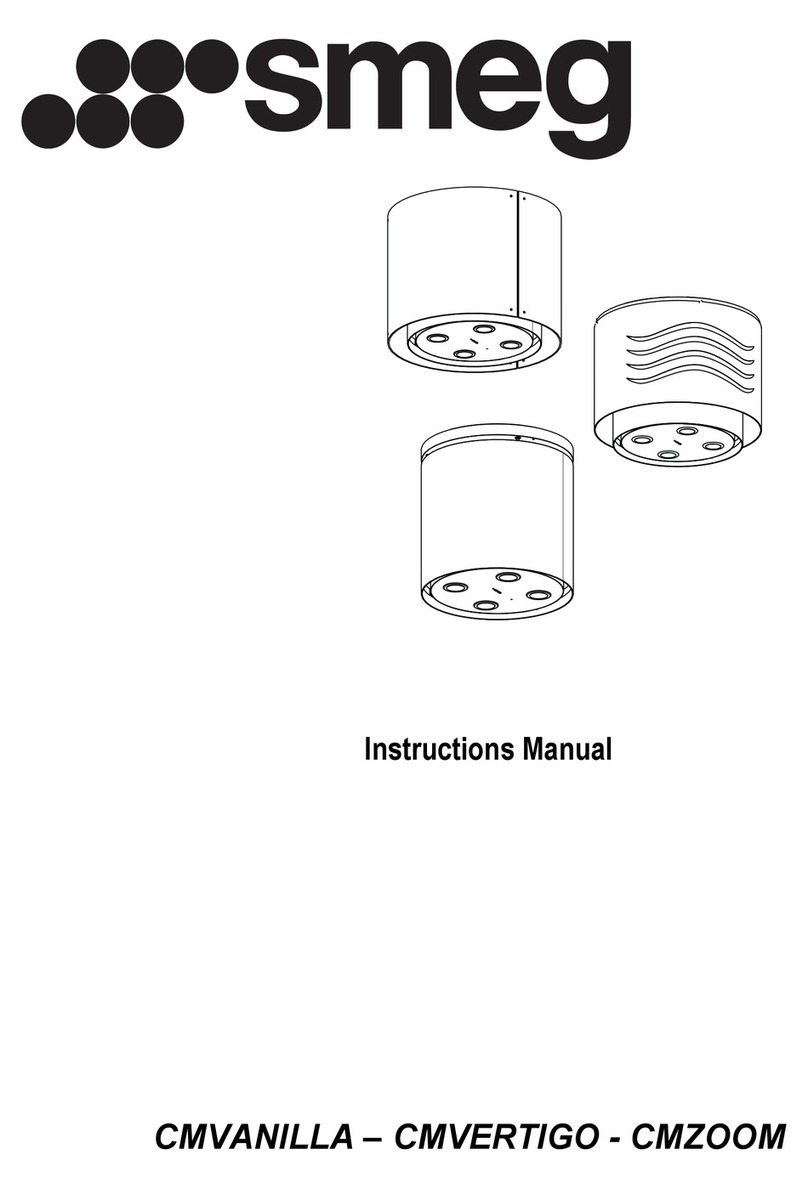
Smeg
Smeg CMVANILLA User manual
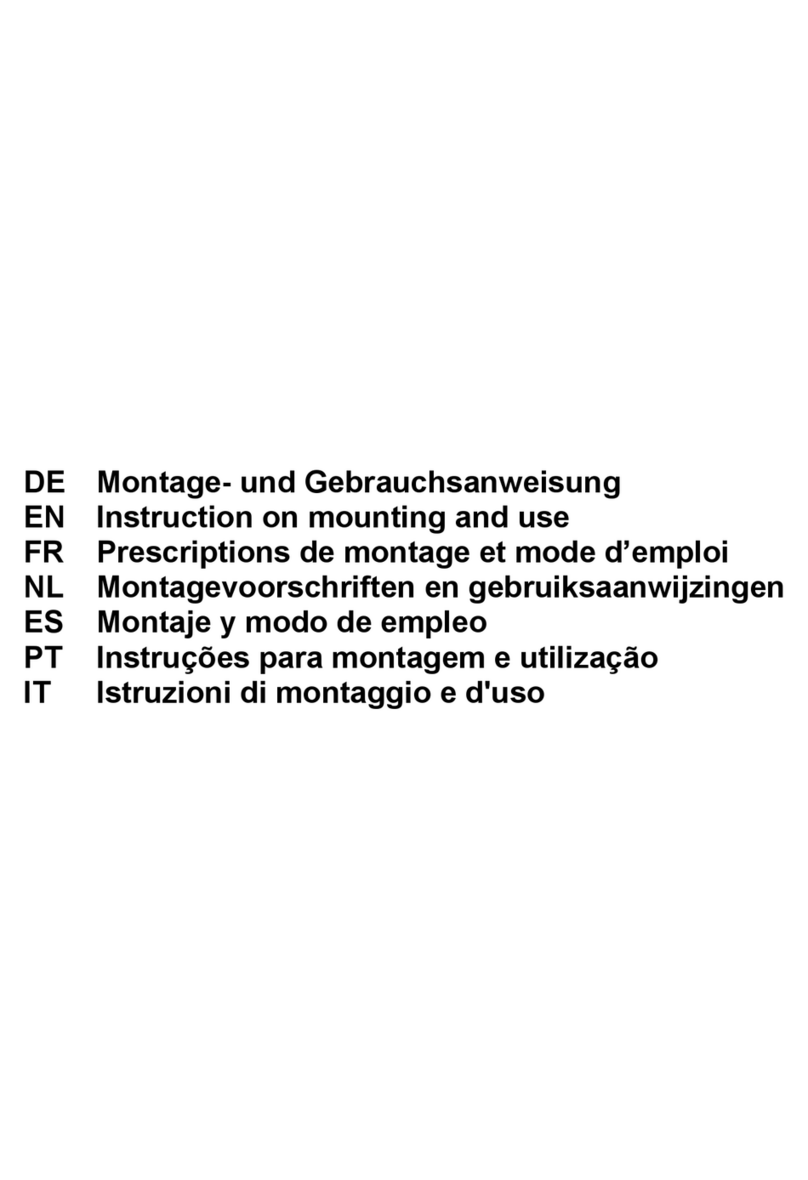
Smeg
Smeg KEIV90 Technical manual
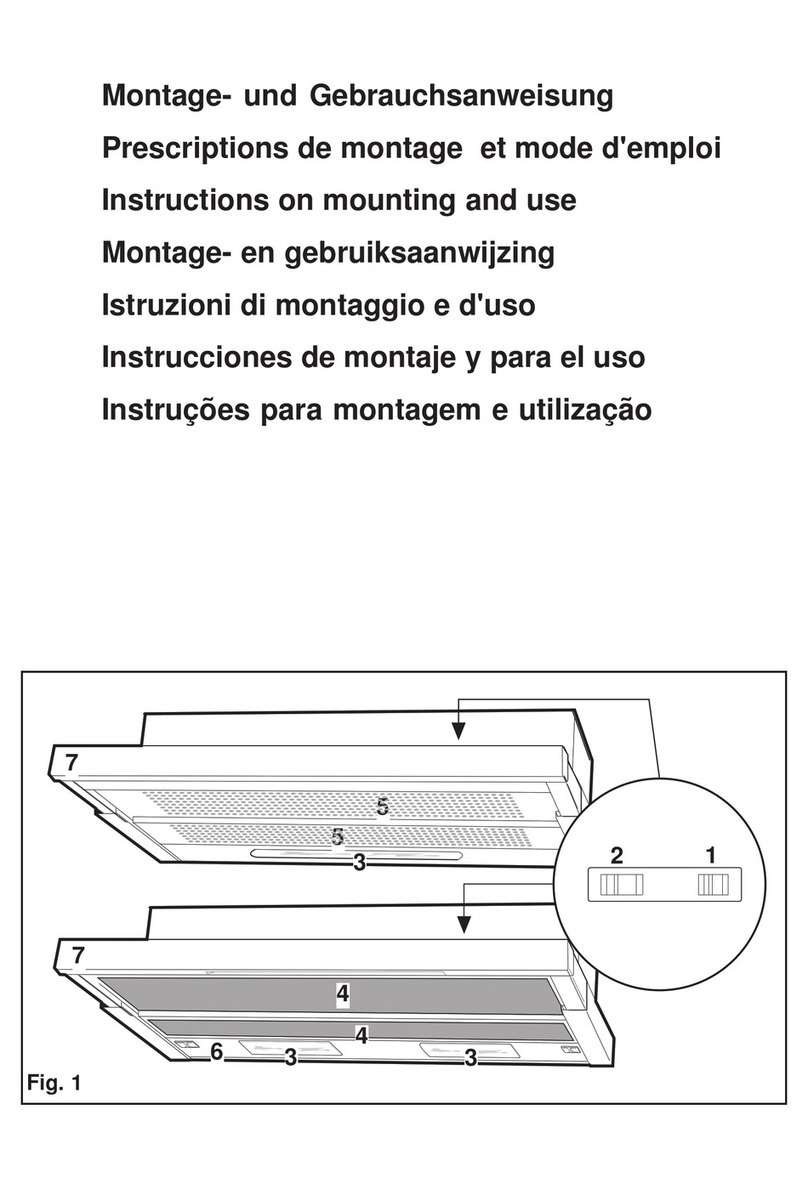
Smeg
Smeg KSET65 Technical manual
Popular Ventilation Hood manuals by other brands

Gorenje
Gorenje S3 IHGC963S4X manual

KOBE
KOBE ISX2136SQB-1 Installation instructions and operation manual

U.S. Products
U.S. Products ADVANTAGE-100H Information & operating instructions

Kuppersberg
Kuppersberg DUDL 4 LX Technical Passport

Framtid
Framtid HW280 manual

Thermador
Thermador HGEW 36 FS installation manual

